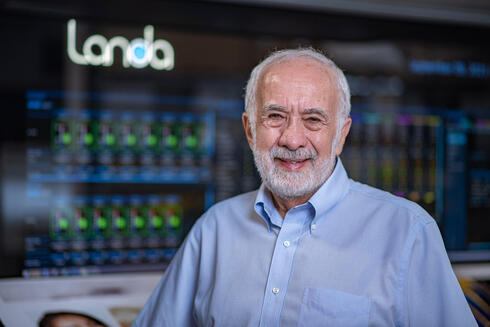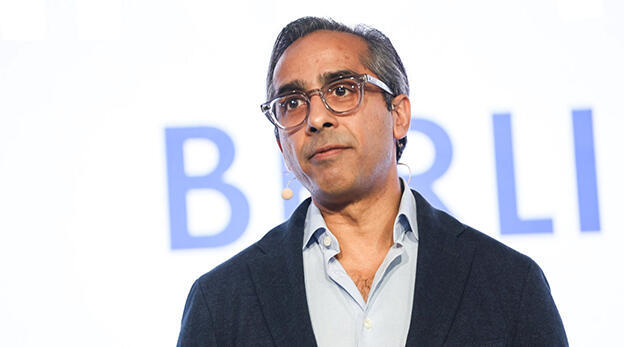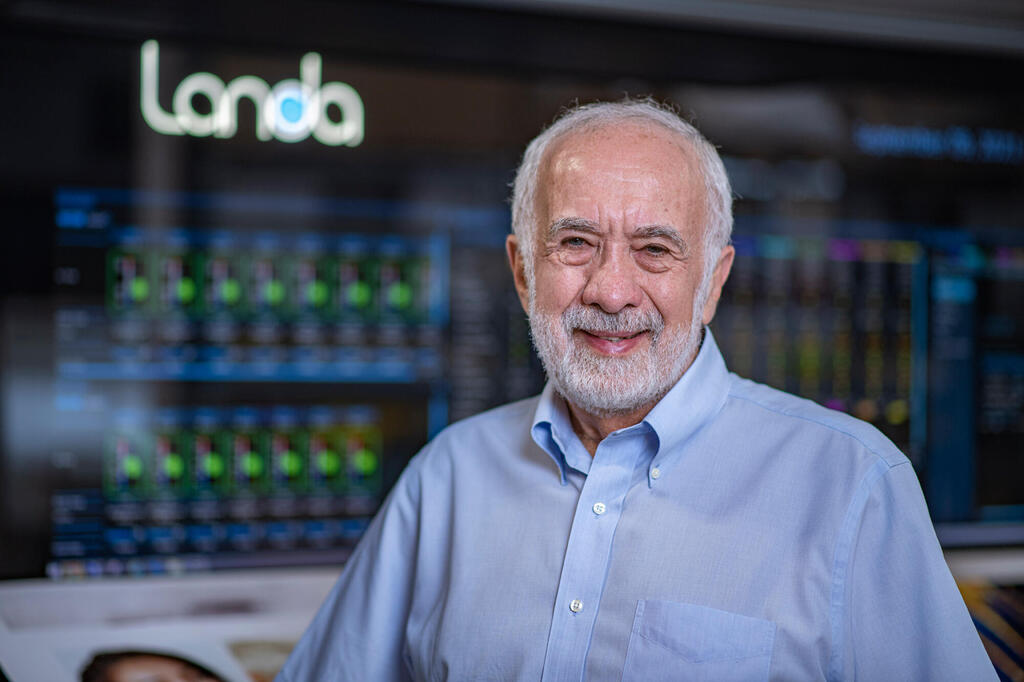
HP eyes acquisition of beleaguered Landa Digital Printing
HP, Canon, Xerox among suitors as Landa struggles with mounting debt. The court has granted a 14-day freeze as buyers negotiate fire-sale prices.
Printing and computing giant HP is the main party interested in acquiring Benny Landa’s digital printing company, Landa Digital Printing, which recently collapsed. Calcalist has learned that the multinational company hired senior professionals who have entered the company’s data rooms, which were opened by Landa Digital Printing for potential buyers.
Calcalist also learned that Landa Digital Printing has hired the Japanese investment bank Nomura to oversee the sale process. Nomura opened the data room, and additional global printing giants have accessed it and expressed interest in acquiring the company. These include Canon, Agfa, Fujifilm, Epson, Xerox, Brother, and Koenig & Bauer.
HP previously bought Landa’s first digital printing company, Indigo, for $850 million in 2002. That exit funded Benny Landa’s next ventures, but this path ended with the collapse of four companies he founded or invested in - the largest of them being Landa Digital Printing.
The company developed, manufactured, and sold massive digital printers, each weighing about 30 tons. These printers use nano-pigment ink technology that injects tiny color particles, enabling faster and higher-quality commercial printing than HP-Indigo’s older technology. Each printer sells for $3–4 million, with installation adding several hundred thousand dollars more, along with significant ongoing costs for maintenance and for the special ink that Landa produces.
Over the years, the company raised $1.3 billion, all from foreign investors and Landa himself. Among the largest backers are private international entities that also hold company debt, meaning they invested both equity and loans. This includes German billionaire Susanne Klatten through the Altana chemicals group and the SKion digital printing company she owns, as well as the Winder investment firm of Sweden’s Rausing family.
Landa is the company’s largest shareholder, owning 36.7%. Altana holds 28.9%, SKion owns 16.4%, Winder holds 10%, Landa Labs (Landa’s holding company) owns 4.6%, and the company’s employees hold 3.1%. Landa personally invested $220 million when the company launched.
However, shareholdings mean little when the company carries massive debts of 1.74 billion shekels (about $515 million), of which 1.43 billion is owed to its shareholders. They invested $971 million in equity and also extended $353 million in interest-bearing loans that can convert to equity if the company survives. The remaining debt is owed to suppliers, employees, and Mizrahi Tefahot Bank. The funds went into developing the machines, building production and assembly lines (the parts come from suppliers but are assembled in-house), and creating an international sales network.
Landa Digital Printing never reached profitability or even break-even. In 2017, the company began selling alpha and beta models of its machines, but real sales only started in 2022. So far, the company has sold just over 50 machines.
Calcalist has learned that Landa Digital Printing lost $312 million across 2022 and 2023. In 2022, it posted revenue of $35 million alongside a loss of $148 million; in 2023, revenue rose to $47 million, but the loss deepened to $164 million. The increased loss stemmed mainly from interest payments on loans provided by some of the shareholders, which later became equity. The company does not have audited financial statements for 2024.
Sources involved in the company’s collapse claim both headcount and salaries were inflated. In 2022, the company’s employee costs totaled $22.1 million; in 2023, they were $16.6 million. That’s a high expense for the 500 employees it had until recently, the restructuring plan calls for cutting half of them. The company’s downfall accelerated after it received 50 letters of intent to purchase machines at the Drupa trade show in Germany. It ordered parts from suppliers but ultimately only sold 11 machines, leaving it stuck with inventory worth 170 million shekels.
Insiders estimate any buyer will retain only a few dozen employees. In addition to payroll costs, insiders say the company built overly large and expensive overseas operations and spent heavily on registering numerous patents.
Calcalist has learned that investors decided to stop further funding after injecting a final $13.2 million just last month. This came after a shareholder review found the company would not break even until 2030, and would need another $300 million in capital to get there. Its assets today amount to just $88 million.
Even if the company is sold, the deal will mostly serve to repay debt, and only partially at that. Estimates suggest debt holders will face a 70%–90% haircut. Sources close to the process say no buyer will pay more than $100–200 million, especially as the sale is moving fast under distress. For context, Lusix, Landa’s lab-grown diamond company, was recently sold in a similar fire sale for just 4 million shekels.
Finding a buyer is crucial for the company’s 50 existing customers. They depend on maintenance and ink supplies for their printers, and any interruption could cost them millions. On Monday, the court granted the company 14 days of protection to freeze proceedings. Landa Digital Printing is now managed by Orbotech veterans Asher Levy (chairman) and Gil Oron (CEO). Benny Landa remains a director but is deeply involved in the day-to-day operations.














